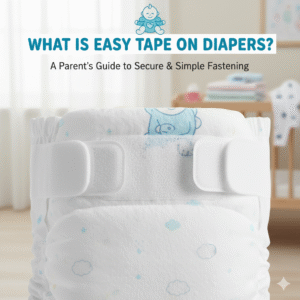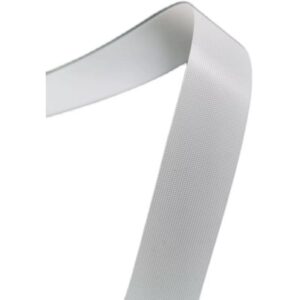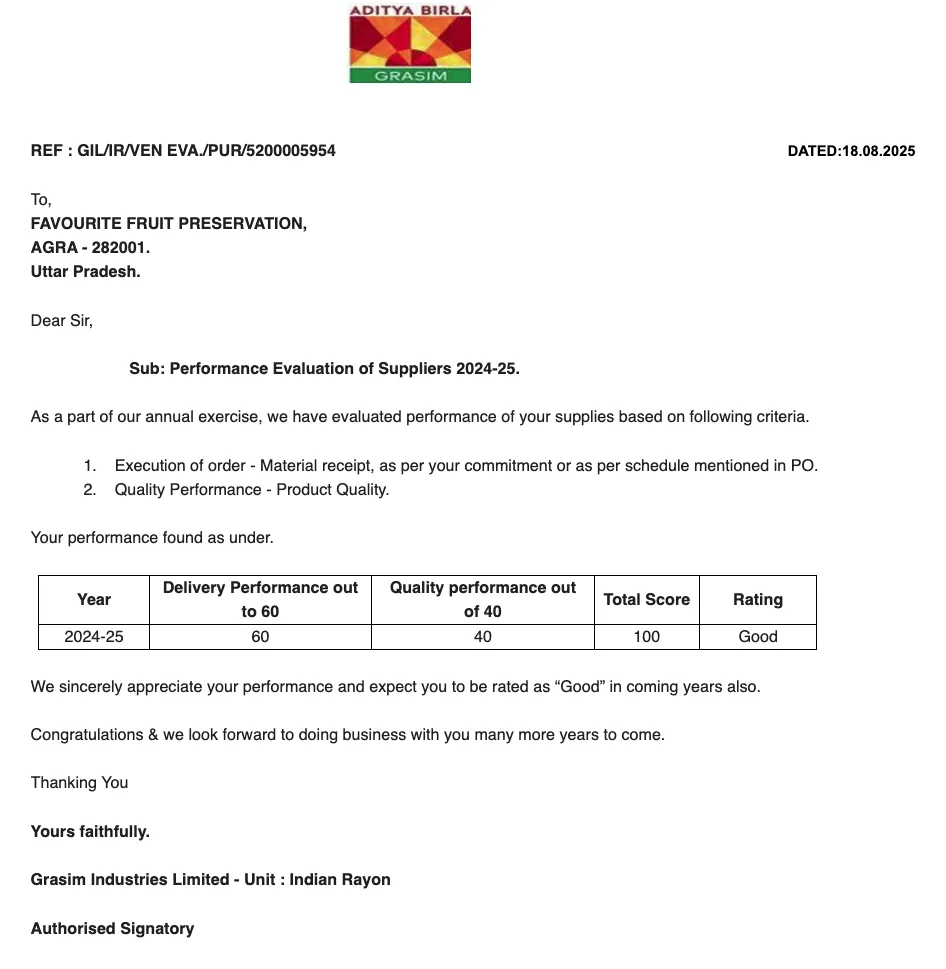Decoding Wound Dressing Types for Optimal Care with Favourite Fab
In the essential realm of wound care, choosing the correct dressing is fundamental to promoting effective healing and ensuring patient comfort. Two broad categories, adhesive and non adhesive dressings, serve distinct purposes, and understanding their differences is crucial for anyone involved in wound management. From simple cuts to complex surgical dressings, selecting the appropriate type can significantly impact the healing trajectory and prevent complications.
At Favourite Fab, we are experts in manufacturing a comprehensive range of high-quality medical dressings. Because we believe informed choices lead to better outcomes, we’ve created this detailed guide to illuminate the difference between adhesive and non adhesive dressing. Therefore, you can make the best decision for every wound scenario, backed by our expertise and authority in wound care supplies.

Get Free Sample Kit Of Our Fabric At Your Door Step
- Online Order
- Door Delivery
- 1-Click Quotation
What’s the Difference Between Adhesive and Non-Adhesive?
What’s the difference between adhesive and non-adhesive?
The core difference between adhesive and non adhesive dressing lies in their method of securement:
- Adhesive Dressing: This type of wound dressing comes with a built-in sticky border or a full adhesive backing. It sticks directly to the skin surrounding the wound, holding itself in place. Examples include traditional bandages with a central pad and a sticky border, or island dressings.
- Non-Adhesive Dressing: This dressing does not have any sticky material on its backing or border. It requires a secondary fixation method, such as medical tape, a bandage wrap, or an adhesive film, to keep it secured over the wound.
This distinction is fundamental to wound care basics and determines how the dressing interacts with both the wound bed and the surrounding skin.
What is an Adhesive Dressing?
What is an adhesive dressing?
An adhesive dressing is a self-securing medical dressing. It consists of an absorbent pad (the primary dressing) attached to a flexible backing, which has an adhesive coating around the edges or across its entire surface. This allows for convenient, all-in-one application.
When to Use Adhesive Dressings:
Adhesive dressings are incredibly popular due to their convenience and secure hold. They are generally suitable for:
- Minor Cuts and Abrasions: For everyday injuries where quick, convenient protection is needed.
- Clean, Low Exudate Wounds: Ideal for wounds with minimal drainage, such as closed surgical incisions that are not weeping significantly.
- Active Individuals: Provides a secure fit that stays in place during movement, making them good for joints or areas prone to friction.
- Small to Medium Wounds: Where the adhesive border can sit comfortably on healthy skin.
- Water-Resistant Needs: Many adhesive dressings offer water-resistant properties, allowing for showering.
Benefits of Adhesive Dressings:
- Convenience: Easy to apply as a single unit.
- Secure Fit: Stays in place, providing a reliable barrier against contaminants.
- Protection: Shields the wound from dirt and bacteria.
- Conformability: Modern adhesive dressings are often flexible and conform to body contours.
Potential Downsides:
- Skin Trauma: Can cause skin trauma (skin stripping or irritation) upon removal, especially on fragile elderly skin or sensitive skin.
- Maceration Risk: The adhesive film can sometimes trap moisture, leading to maceration of the surrounding skin if wound exudate is high.
- Allergic Reactions: Some individuals may react to the adhesive components.
What is Non-Adhesive Dressing For?
What is non-adhesive dressing for?
A non-adhesive dressing is designed for specific wound care needs where avoiding direct adhesive contact with the skin or wound is crucial. Its primary purpose is to provide a gentle contact layer and absorb wound exudate without sticking to the delicate wound bed.
When to Use Non-Adhesive Dressing:
When to use non adhesive dressing? These dressings are vital for situations demanding extreme gentleness and flexibility in securement:
- Sensitive Skin: The ideal dressing for sensitive skin as it eliminates direct adhesive contact, preventing irritation, redness, or allergic reactions.
- Fragile Elderly Skin: Elderly skin is thin and easily damaged. A non adhesive dressing drastically reduces the risk of skin trauma like skin tears during dressing changes.
- Wounds Prone to Sticking: Crucial for wounds with exposed delicate tissues, such as burns, skin grafts, deep abrasions, or chronic ulcers. These are the bandage that doesn’t stick to wound.
- High Exudate Wounds: While the non-adhesive dressing is the contact layer, it can be combined with a highly absorbent secondary dressing that can be changed more frequently without disturbing the wound bed. This helps manage wound exudate and prevent maceration.
- Infected Wounds: Allows for easier, less painful inspection and cleaning.
- Frequent Dressing Changes: Minimizes trauma over repeated applications.
- Specific Treatments: When topical medications or ointments need to be applied directly to the wound bed, a non-adhesive dressing can go over it without interfering with the medication or adhering to it.
Benefits of Non-Adhesive Dressings:
- Pain-Free Removal: The most significant advantage; no pulling on healing tissue or sensitive skin.
- Reduced Skin Trauma: Protects the integrity of the surrounding skin, especially fragile skin.
- Customizable Securement: Allows choice of medical tape (e.g., paper tape for sensitive skin) or other secondary fixation methods.
- Promotes Healing: By minimizing disturbance to the wound bed, it fosters a better environment for wound healing.
Potential Downsides:
- Requires Secondary Fixation: An extra step is needed to secure the dressing.
- Less Convenient: Not an all-in-one solution, requiring separate tape or bandages.
How to Apply a Non-Adhesive Dressing
How to apply a non adhesive dressing?
- Hand Hygiene: Always start with clean hands. Don sterile gloves if dealing with a sterile wound or as per protocol.
- Clean the Wound: Gently cleanse the wound with an appropriate solution (e.g., saline). Pat the surrounding skin completely dry.
- Place the Non-Adhesive Dressing: Carefully place the non adhesive wound dressing (which should be sterile if the wound is open) directly over the wound bed, ensuring it covers the entire wound.
- Secure with Secondary Fixation: Use medical tape, a cohesive bandage, or an adhesive film dressing to hold the non-adhesive dressing in place. Ensure the securement is firm but not too tight.
Can you put non adhesive dressing directly on a wound?
Yes, you absolutely can put non adhesive dressing directly on a wound. In fact, they are designed to be the primary dressing in direct contact with the wound bed, providing a non-adherent interface that protects the healing tissue.
How to keep a non adhesive dressing in place?
You can keep a non adhesive dressing in place using:
- Medical tape: Paper, cloth, or clear tapes.
- Self-adhering bandages: Cohesive wraps that stick to themselves.
- Elastic net bandages: For limbs or joints.
- Adhesive film dressings: Transparent films that cover the non-adhesive pad and adhere to the skin.
Important Wound Dressing Types & Terminology
- Primary dressing vs secondary dressing:
- Primary dressing: The dressing layer that comes into direct contact with the wound bed. A non adhesive dressing acts as a primary dressing.
- Secondary dressing: A dressing placed over the primary dressing to hold it in place, provide extra absorption, or add cushioning. Medical tape, gauze rolls, or adhesive films are common secondary fixation for non-adhesive dressings.
- Are non adhesive dressings sterile? Many non adhesive dressings designed for open wounds or surgical sites, like the ones from Favourite Fab, are sterile. Always check the packaging. For open wounds, only use sterile products.
- What is a non adherent pad used for? A non adherent pad (often a type of non-adhesive dressing) is used as the direct contact layer on wounds to prevent sticking, promote pain-free removal, and protect delicate tissue, especially for burns, skin grafts, or fragile elderly skin.
- Non adhesive dressing meaning: Refers to the absence of integrated adhesive, requiring external securement.
- Non stick dressing for open wound: This term is synonymous with non adherent dressing used for open wounds where adhesion would be detrimental.
Specialized Non-Adhesive Dressings
While gauze pads can be non-adhesive, modern wound care supplies include advanced non-adhesive options like:
- Silicone Dressing: Offers superior pain-free removal and excellent conformability, ideal for sensitive skin.
- Hydrocolloid: While many are adhesive, some non-adhesive variants or very thin ones can be used with secondary securement for moist wound healing.
- Alginate Dressing: Highly absorbent, gel-forming dressings for highly exudating wounds. They are non-adhesive and require secondary fixation.
Favourite Fab: Your Authority in Wound Care Solutions
At Favourite Fab, our extensive experience as a leading manufacturer of wound care supplies ensures that we provide both adhesive and non adhesive dressings of the highest quality. We understand that effective wound healing is a journey, and having the right tools makes all the difference. Our commitment to E-E-A-T principles means we are a trustworthy source for all your medical dressings and surgical dressings needs.
Whether you’re looking for the convenience of an adhesive dressing or the gentle care of a non-adhesive one, Favourite Fab offers solutions tailored to diverse wound management requirements.
Frequently Asked Questions (FAQ)
What’s the difference between adhesive and non-adhesive?
The difference between adhesive and non-adhesive in wound dressings is that adhesive dressings have a sticky backing to secure themselves, while non-adhesive dressings do not and require external means (like tape or a bandage) to stay in place.
What is an adhesive dressing?
An adhesive dressing is a self-adhering wound dressing that contains an absorbent pad and an integrated adhesive border or backing, allowing it to stick directly to the skin around the wound.
What is the difference between adhesive and non-adhesive heat shrink?
This question is out of context for wound dressings. In other industries, “adhesive heat shrink” typically refers to tubing that shrinks when heated and has an adhesive lining inside to create a seal, while “non-adhesive heat shrink” just shrinks without a sticky lining. It’s not relevant to wound care supplies.
What is non-adhesive dressing for?
Non-adhesive dressing is primarily for protecting wounds on sensitive skin or fragile elderly skin, for wounds where adherence is to be avoided (like burns or skin grafts), or when customization of the secondary fixation method is desired. It allows for pain-free removal and minimizes skin trauma.

Get Free Sample Kit Of Our Fabric At Your Door Step
- Online Order
- Door Delivery
- 1-Click Quotation
Contact Us
For expert guidance and high-quality wound care supplies, including both adhesive and non adhesive dressings, reach out to Favourite Fab.
Email: sale@favouritehub.com WhatsApp: 9528811566
Partner with Favourite Fab for superior wound management and faster wound healing.






































We Do Business On Trust.Our Nonwoven fabric Business is Built on trust. Trust starts with Transparency.
Mr.Ramniwas Garg Founder Of Favourite Group